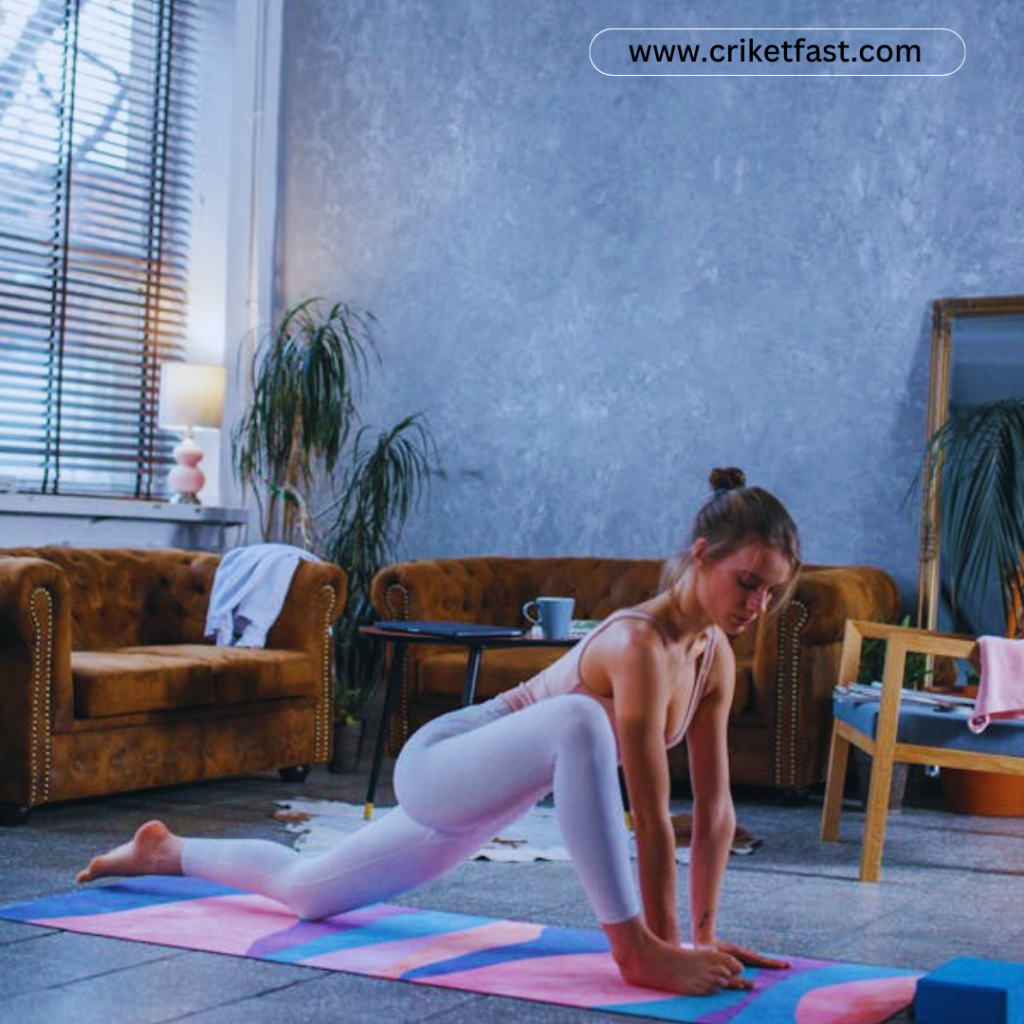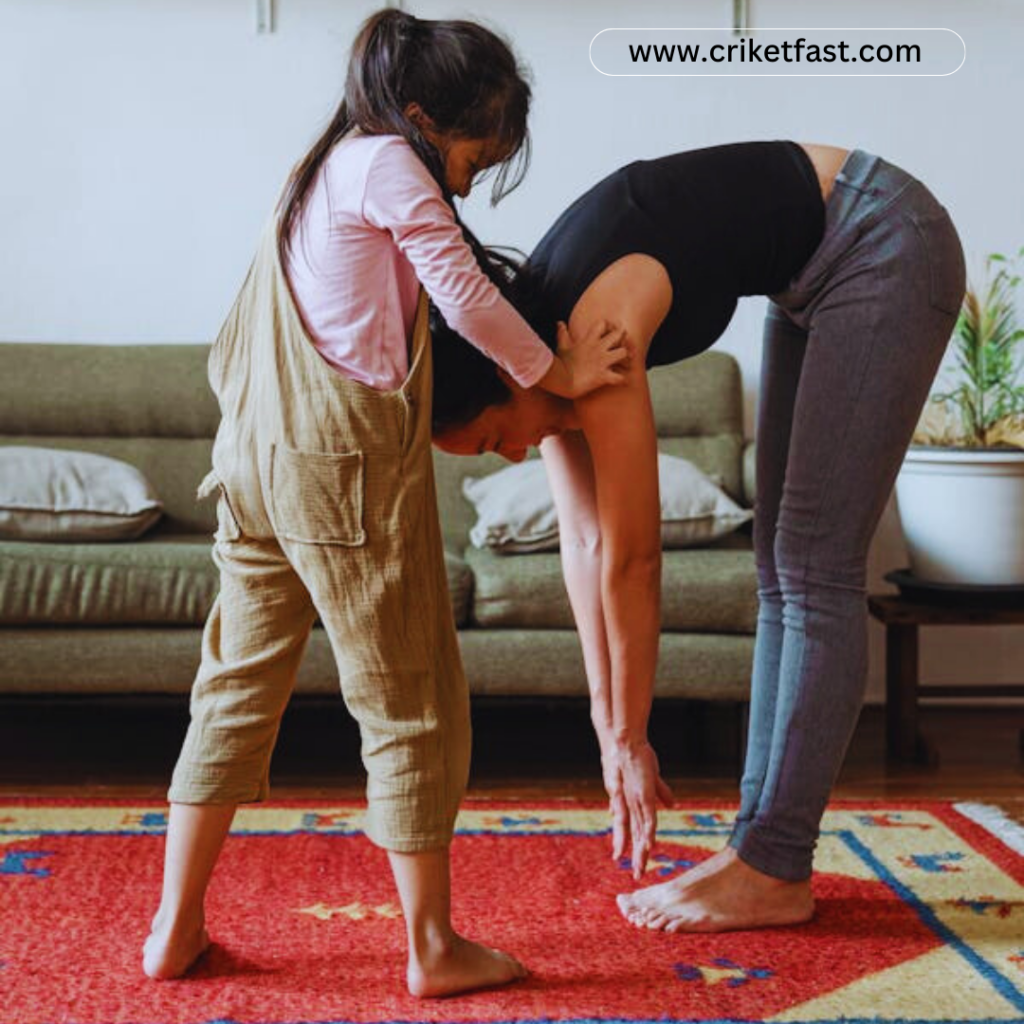Free Wall Pilates App: The Best App For Workout
The core exercises of Pilates are designed to strengthen your core muscles, improve flexibility, and build strength and endurance in all areas of your body. Pilates was developed in the early 1900s by Josef Pilates and focuses on controlled movements, good breathing techniques, and mindful focus.
You can do Pilates exercises on a mat, or use specialized equipment like a reformer or Cadillac, or a Wanda chair to do Pilates exercises. Pilates exercises often target the abdominal muscles, the lower back, the hips, and the thighs, and are designed to build strength and stability in the core while also improving alignment and balance in the rest of your body.
The key concept behind Pilates is to integrate your mind and body. Practicing Pilates regularly can help you improve your posture, improve muscle tone, reduce back pain, improve overall body awareness, and improve your overall wellness. Pilates is a great workout for everyone, regardless of fitness level, age, or ability level. Pilates can be customized to fit your specific needs or limitations.

Benefits of Pilates
If you take a closer look at the research on Pilates’ health benefits, you’ll find that it’s more perplexing than helpful.
- There’s plenty of evidence that Pilates can improve health outcomes for a variety of people and conditions.
- However, most studies don’t have a large enough number of participants, and they only track them for a few months.
- So, while the science isn’t conclusive, it’s still 100 years of anecdotal evidence that’s worth taking a look at.
- Pilates isn’t the same as yoga tai chi qigong or any other intentional movement exercise, but it does offer a lot of potential benefits and is generally low risk.
- As with any form of exercise, the most important thing is whether you like it and how you feel after doing it.
Pain Relief
In Bar’s words, “Pilates is not just a form of therapy, it’s a form of prevention. Pilates can help you regain your feet after an injury or manage chronic muscle-skeletal conditions. It can also help you build a healthy foundation so that when you experience an injury or condition, you can recover more quickly.”
According to a 2015 study and a 2020 study, Pilates is one of the most effective exercises for relieving lower back pain. According to Bar, “Lower back pain isn’t just caused by tight muscles, it’s also caused by poor alignment and poor core strength. Pilates helps with both of these issues.”
When your gait is properly aligned, it can make your gait stronger and straighter. This can make exercise easier and help prevent falls.
Core strength
Pilates is one of the most effective exercises because it specifically targets core strength. Most people think of their abdomen as their core, but Bar says it’s much more than that. You should think of your trunk as your core.
“It’s all connected,” Bar explains. “With your core, you’re talking about the sides, your mid-to-lower back, your butt, and your hips. As you’ve probably heard, what goes on in your core affects everything else in your body.”
Breath control
Pilates, like yoga and many mindfulness practices, is about breathing. But it’s not just about your body. It’s about your breath. When you’re mindful of and in control of your breath, you’re not only able to deepen your stretch or perform higher-level exercises, but research shows that it can also help reduce stress.
If you let the breath coaching that you get in your Pilates class flow into your day-to-day life, you might find that you’re better equipped to deal with challenging situations and emotions.
Mental health and well-being
The evidence for the positive effects of exercise on your mental health and overall well-being is now well established.
Pilates
Pilates isn’t a high-impact workout, but it does get your heart pumping. It’s a combination of strength and resistance training and deep stretching.
Think of Pilates as an addition to — not a substitute for — the mental health support you already have.

How to get started?
Talk to your doctor. Always consult your doctor before beginning a new exercise regimen. Pilates is an excellent option for people with a variety of chronic health issues, but you may need to modify your exercise routine based on your circumstances. It is especially important to consult your doctor if you are recovering from an injury or surgery. Pilates may be a therapeutic exercise, but starting too soon may worsen your condition.
Could you make sure you have a qualified instructor? “Even if you do Pilates at home with live video instruction,” says Bar, “it’s still important to find a good instructor.” Pilates isn’t regulated by any state or federal law, so it’s best to look for an instructor who is certified by a professional organization or governing body in your community. You can also read reviews and ask friends for recommendations. “It’s really important to find someone who has advanced training in Pilates if you want to address a particular health concern,” adds Bar. “Patience is key, whether you do Pilates on your own or with a group, and you need to build the difficulty gradually.”
Start slow.
Even if you are a fitness enthusiast, it is important to begin your Pilates practice slowly and gently, gradually working your way up to higher levels of difficulty. Pilates is a form of exercise in which you train your body to move differently, so you will likely experience pain. If you push yourself too hard, you may hurt yourself.
Don’t assume using a mat is “easier” than using a reformer.
Both types of Pilates have advantages and disadvantages, and neither is simple. Many Pilates studios use both methods. Using a mat, “you’re working against gravity,” Bar says. “Freeform Pilates is harder on your back than reformer Pilates.” While reformers can be bought for home use, “it’s really important to work with your instructor to learn the proper alignment,” Bar adds. “They’ll observe you as you do each movement to make sure it’s done correctly and safely.”
Do what’s right for you.
One of the biggest myths about Pilates is that it’s only for the wealthy and athletic. The truth is, the cost can be high, but with a bit of research, you’ll often find great deals. For instance, if you’re looking to buy a session or class bundle, you’re likely to find more affordable classes.
When you’re deciding how you want to approach Pilates — whether that’s in the studio vs. at-home setting, by yourself vs. with a group, or with a mat vs. a reformer — it’s important to consider your level of fitness, your budget, and your comfort level. Don’t hesitate to switch things up if necessary.
Conclusion
Pilates is a form of exercise that focuses on strengthening the core muscles, improving flexibility, and integrating the mind and body. It offers potential benefits such as improved posture, reduced back pain, and overall wellness. While research on its health benefits is inconclusive, anecdotal evidence suggests its effectiveness. It is important to consult a qualified instructor and start slowly to avoid injury.
Read: The Best Sunny Health And Fitness Bike Reviews (2024)

FAQs
Q: What is Pilates?
A: The goal of Pilates is to strengthen your core muscles, increase flexibility, and build strength and endurance throughout your body.
Q: How does Pilates improve flexibility?
A: Pilates encourages the body to stretch and lengthen its muscles and joints, which can lead to an increased range of motion and flexibility.
Q: What are the benefits of Pilates?
A: Benefits of Pilates
- Core strength
- Flexibility
- Balance
- Posture
- Body Control
- Stress relief
- Relaxation
Q: Can Pilates help with weight loss?
A: Pilates alone won’t help you lose weight, but it can be an important part of your weight loss or exercise plan. It helps you build lean muscle, which can boost your metabolism and help you lose weight.

